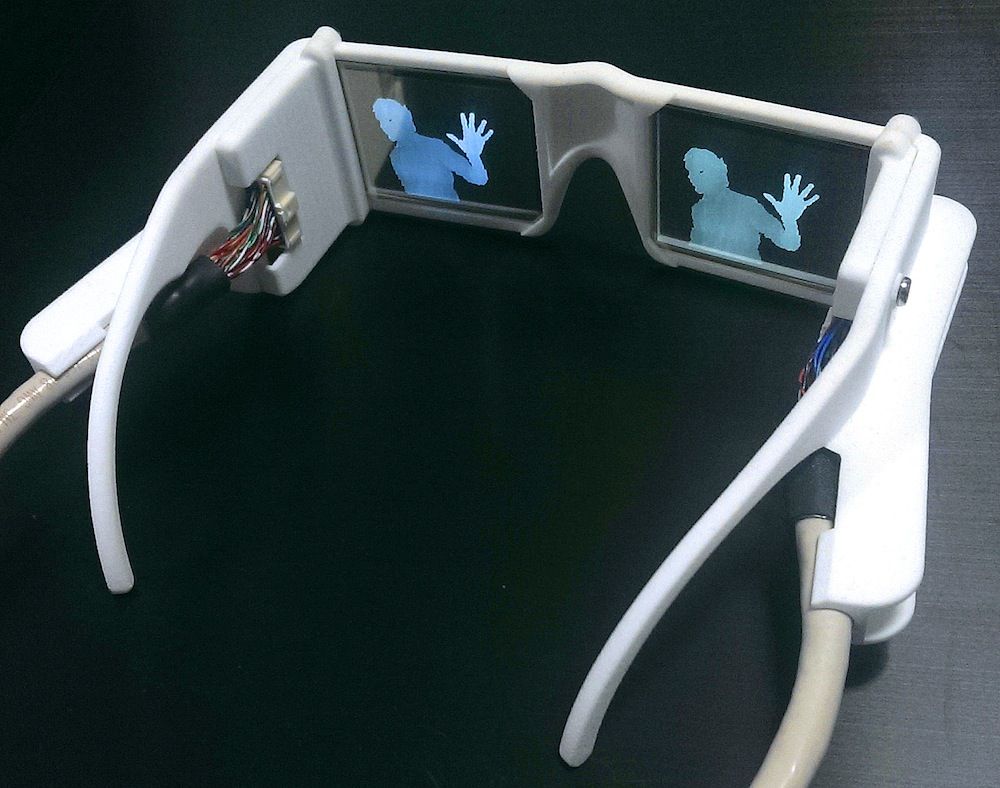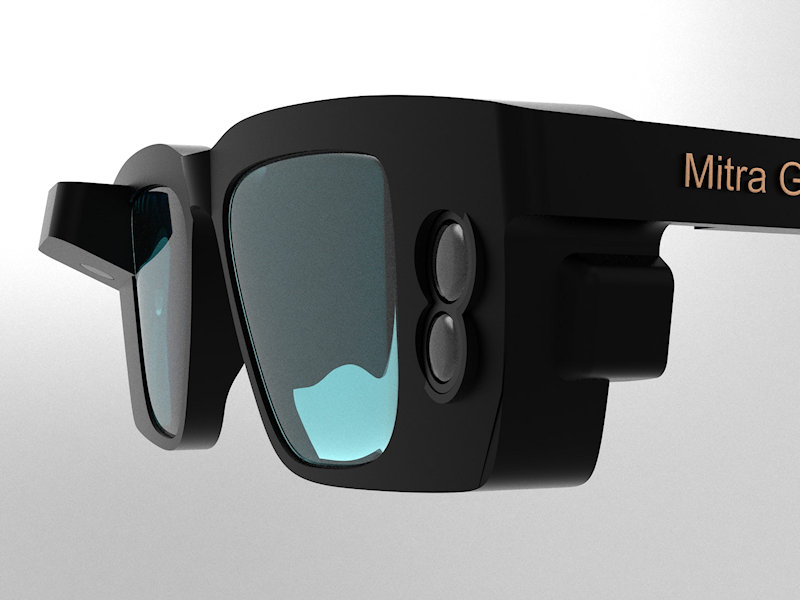The Future of Assistive Technology for the Blind: Empowering Independence
Wiki Article
Enhancing Accessibility Via Assistive Technology for the Blind
The assimilation of assistive modern technology for the blind stands for a pivotal improvement in access, essentially altering how individuals navigate their environments and engage with society. As we discover the diverse kinds of assistive tools and their concrete effects on daily living, it ends up being important to check out just how continuous technological advancements are reshaping the landscape of assistance for the blind area.Overview of Assistive Technology
Assistive innovation describes an array of devices and software made to boost the capacities of individuals with handicaps, including those who are blind or aesthetically impaired. This innovation plays a critical role in promoting independence and enhancing the high quality of life for individuals. By offering alternative techniques for accessing info and executing daily tasks, assistive modern technology equips people to browse their environments better.
The growth and application of assistive technology accept a range of concepts focused on promoting accessibility. These principles include user-centered design, which prioritizes the requirements and preferences of the individual, and the assimilation of modern technology into daily tasks. Such improvements make certain that assistive tools are not just useful however also instinctive and very easy to utilize.
Moreover, assistive modern technology incorporates a varied spectrum of services, from low-tech choices like magnifiers to high-tech advancements such as display readers and Braille screens. The continuous development of this area is driven by the demand to deal with the distinct obstacles faced by people with visual impairments (Wearable technology for low vision). As innovation remains to advancement, the capacity for enhancing availability and promoting inclusivity continues to be encouraging, ultimately adding to a much more fair society

Kinds Of Assistive Gadgets
Numerous kinds of assistive devices are readily available to support individuals that are blind or visually impaired, each created to deal with specific demands and obstacles. These tools can be broadly categorized right into 3 main types: low-tech, mid-tech, and high-tech services.Low-tech gadgets consist of items such as magnifiers, Braille tags, and responsive maps. These are relatively simple tools that boost the customer's capacity to connect with their setting without needing intricate innovation.
Mid-tech tools often involve advanced features, such as electronic magnifiers and mobile Braille note-takers. These devices can offer capabilities like speech result, permitting users to access info more efficiently.

Effect on Daily Living
The accessibility of different assistive gadgets dramatically boosts the lifestyle for people that are blind or visually impaired, influencing their daily living in profound ways. By incorporating modern technologies such as screen viewers, Braille displays, and audio description solutions right into their regimens, users acquire greater freedom and self-reliance. These tools assist in access to information, making it possible for individuals to perform everyday tasks, such as reviewing emails, browsing public areas, and taking pleasure in media content.Furthermore, assistive tools equip people to involve more completely in social interactions and area activities. The capacity to make use of smartphones outfitted with availability functions allows for smooth interaction and connection with others. This connectivity cultivates a sense of belonging and decreases feelings of seclusion.
In specialist settings, assistive technology sustains productivity by allowing people to complete job jobs successfully. Devices like voice acknowledgment software application and specialized zoom devices make it possible for users to join the labor force on equivalent ground with their sighted peers.

Innovations in Innovation
Current technological advancements have dramatically changed the landscape of devices offered for individuals that are blind or visually damaged. The integration of expert system (AI) and machine learning has actually generated applications that boost navigating and object recognition. Smart device apps can now utilize AI to identify and describe environments in real-time, supplying users with useful contextual details.Furthermore, innovations in haptic technology have actually led to the advancement of wise walking canes equipped with sensing units that spot challenges and provide tactile comments. This equips customers to browse their optometrist qualifications atmosphere with enhanced self-confidence and self-reliance. Developments in text-to-speech software program and braille screens have improved the ease of access of electronic content, allowing for seamless communication with numerous media.
Wearable technologies, such as wise glasses, are also making strides in assisting visual impairment. These gadgets can provide increased reality experiences, superimposing vital info onto the customer's field of view. Collectively, these innovations not only boost the high quality of life for individuals that are blind yet also promote higher inclusion in society. As technology remains read review to progress, the potential for much more transformative tools continues to be imminent.
Future Trends and Innovations
As innovation quickly proceeds, the future of assistive tools for people that are blind holds tremendous pledge. Advancements in artificial intelligence (AI) and artificial intelligence are poised to revolutionize the means blind users communicate with their settings. AI-driven applications are being established to boost things acknowledgment, allowing individuals to identify and browse their environments with higher convenience and accuracy.
Furthermore, improvements in haptic responses technology are making it possible for the production of responsive maps and navigation aids that provide real-time details via touch. These innovations not only improve movement but additionally foster freedom. Furthermore, wearable tools geared up with enhanced fact (AR) functions are emerging, using individuals visual information via sound descriptions, consequently connecting the gap in between the physical and electronic worlds.
Additionally, the assimilation of wise home innovation presents new chances for access, allowing people to control their living environments via voice commands or smart device applications. As partnership between technology designers and the blind neighborhood continues, the emphasis on user-centered layout will make sure that future technologies are tailored to fulfill the distinct demands of this population (Wearable technology for low vision). The trajectory of assistive innovation assures a much more comprehensive and empowering future for individuals that are blind
Conclusion
Finally, assistive technology plays find more a crucial duty in boosting availability for people with visual problems. The varied selection of tools, consisting of screen viewers and smart walking sticks, dramatically improves daily living and fosters independence. Continuous innovations in technology and user-centered design make certain that these devices provide properly to the special demands of the blind neighborhood. As technologies progress, increased inclusivity and empowerment can be expected, inevitably improving the lifestyle for those impacted by aesthetic problems.The assimilation of assistive innovation for the blind represents a crucial development in accessibility, basically altering just how people navigate their environments and engage with culture.Assistive modern technology refers to a variety of tools and software program developed to improve the capabilities of people with specials needs, including those that are aesthetically damaged or blind. Wearable technology for low vision.As modern technology swiftly proceeds, the future of assistive tools for people who are blind holds tremendous promise. The trajectory of assistive technology promises a much more empowering and inclusive future for people that are blind
In verdict, assistive innovation plays an important duty in improving availability for people with aesthetic disabilities.
Report this wiki page